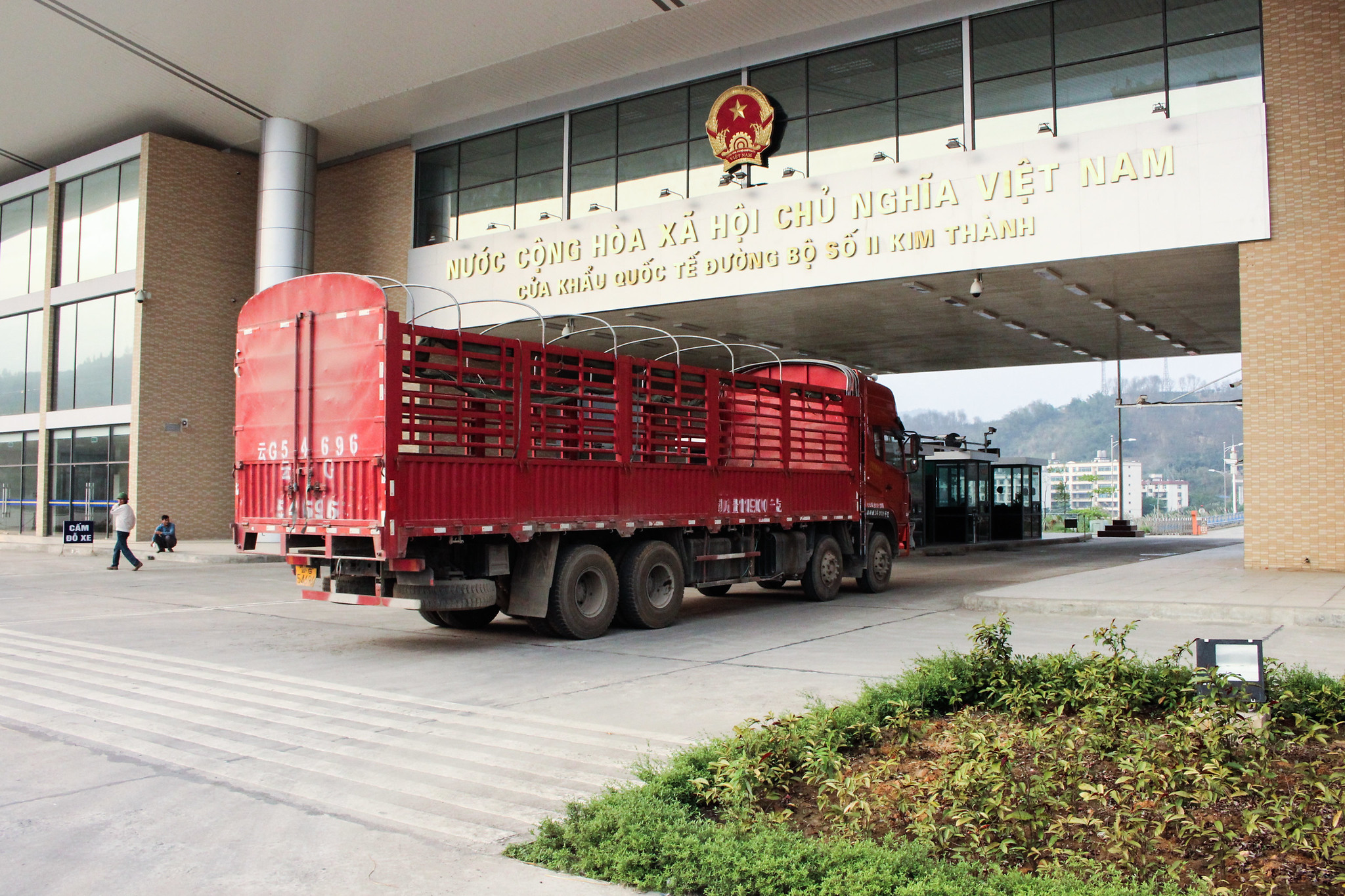The global economic landscape warrants mainstreaming trade policy reform back into trade-related external support.
In the golden age of Washington Consensus in the 1980s and the 1990s, whereby market-oriented economic reforms were advanced across the globe, non-discriminatory trade liberalization was part of international financial institutions’ (IFIs) typical policy prescriptions to developing countries. Eliminating quantitative restrictions on trade and cutting tariffs and subsidies were expected to improve economic welfare through more efficient resource allocation. Thus, conditionalities under IFIs’ balance-of-payments (BOP) support and budget support strongly featured such measures of trade liberalization.
By around 2001, IFIs’ use of trade-related conditionalities significantly declined. While conditionalities have still been used for trade facilitation to reduce red tape and administrative formalities for smooth flow of trade, those aimed at trade liberalization has nearly ceased to exist, for two major reasons.
First, developing countries achieved substantial trade liberalization by the late 1990s, partly supported by IFIs’ policy-based lending or WTO accession negotiations, and there appeared to be little remaining need for IFIs to heavily intervene to advance reforms further. The most-favored nation tariff applied tariff rate for low- and middle-income countries was reduced from nearly 50% in 1989 to 13.5% in 2001. The global trade-to-GDP ratio reached nearly 50% by 2001, and developing countries that liberalized trade benefited from globalization in terms of higher growth rates. Thus, IFIs’ task for trade and development was once accomplished successfully.
While some developed countries and large developing countries tend to be major users of newly introduced trade distorting measures, smaller developing countries are not totally detached from this trend.
Second, the WTO was established in 1995 and its Doha Development Agenda (DDA) was launched in 2001. For some, the DDA raised an expectation that trade policy for developing countries could be addressed in the Doha development round. While IFIs were still associated with the DDA, the work mostly took the form of research and advocacy in support of the WTO, rather than direct engagement in the trade policy reforms.
However, premises under which IFIs refrained from use of conditionalities for trade liberalization have reversed in the past few decades. After the global financial crisis in 2008-2009, the global economy entered the phase of so-called slowbalisation and geoeconomic fragmentation. The rise of the global trade-to-GDP ratio and sharp decline of the average tariff rates came to a halt. In fact, focus on tariffs alone would be misleading. The murky protectionism at the time of the global financial crisis was followed thereafter by a spread of protectionism and rise of industrial policy, through subsidies and other trade-distorting measures.
While some developed countries and large developing countries tend to be major users of newly introduced trade distorting measures, smaller developing countries are not totally detached from this trend. In 2023, the most recent year for which Global Trade Alert data is available annually, a total of 1,413 new trade distorting measures were implemented all over the world, the highest number since data collection started in 2008, against only 371 trade liberalizing measures. Clearly, reformers are losing the ground to non-reformers in trade policymaking in many countries.
In the meantime, the WTO’s multilateral trading system that was once thought to take over trade and development agenda seems to be in need of support. Its DDA was deadlocked in 2008. While negotiations on a number of issues such as trade facilitation and fishery subsidies were successfully concluded, the DDA market access negotiations have not been resumed. In the meantime, discriminatory trade agreements and trade distorting measures are proliferating.
According to 2020 data from the OECD and the WTO, only about 2% of global aid for trade was spent to address trade policy, regulations and adjustment. However, the context that once justified less use of relevant conditionalities in IFIs’ BOP and budget support no longer exists. To the contrary, the rise of trade distorting measures and the absence of progress in the multilateral trade round warrant reengagement of all multilateral institutions to join with the WTO to restore the benefits of globalization to developing countries.
Just like trade agreements from multilateral trade negotiations, conditionalities under IFIs’ BOP and budget support can serve as an effective commitment device for the government to enhance its credibility for trade liberalization, empowering reforms within governments in domestic policymaking. To start with, IFIs can include trade-related conditionalities into policy-based lending that covers broader areas of economic policy reform.
For instance, issues of tariffs and subsidies could be addressed in programs aimed at improving fiscal policy or public financial management. Easing market access for foreign service providers can be addressed in various sectoral programs, such as those for financial sector reforms. Ideally, the conditionalities under BOP and budget support should be bound eventually in the WTO’s schedule of commitments as market access commitments.
Mike Finger, formerly at the World Bank, found that developing countries achieved more tariff cuts under IFI programs than the GATT Uruguay Round held in 1986-1994. This experience shows that IFIs as providers of aid for trade can contribute to better trade policy in the developing world together with the multilateral trading system. Multilateral institutions, especially IFIs, should re-engage in trade liberalization efforts as they did in the 1980s and 1990s.
Source : Asian development blog



